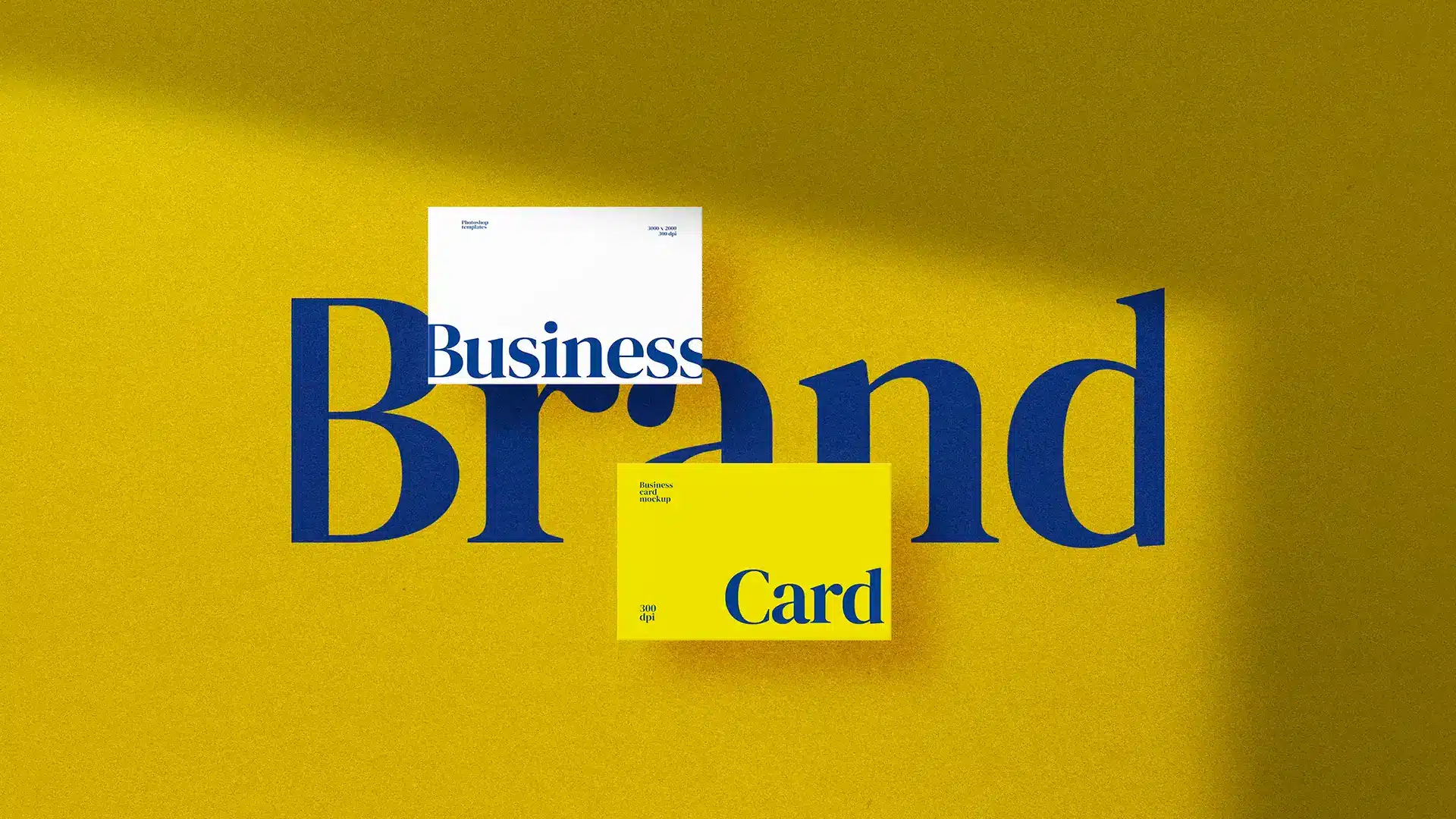
Newsletter Subscribe
Enter your email address below and subscribe to our newsletter

Enter your email address below and subscribe to our newsletter

You’ve brainstormed, explored options, and used AI tools to generate a list of potential business names. Now what? Picking one that feels right is only part of the process. Before you commit to printing business cards and building a website, it’s essential to validate your AI-generated name with real people.
In this article, we’ll guide you through the process of testing your name ideas in simple, practical ways—even if you’re just getting started.
Your business name does more than label your company—it helps shape first impressions, creates emotional associations, and determines how easily customers remember you. It’s the start of your story.
When a name sounds great in your head but doesn’t land with your target audience, that’s a problem. Testing helps prevent:
For small businesses and new entrepreneurs, getting this right early on saves time, energy, and branding costs down the line.
Once you’ve used an AI tool to generate ideas, you may end up with dozens of possible names. But don’t test them all—narrow your list first.
Start by asking yourself:
Trim your list to 3–5 strong contenders. You can always revisit others later, but focusing makes it easier to gather clear feedback.
For example, let’s say you’ve created a wellness brand targeting busy parents. From a list of 15 names, you might narrow it down to: CalmNest, BrightRoot, and Vitaluna. Each reflects your mission—but testing will reveal how others perceive them.
The best way to test a name? Ask real humans—not just your inner circle. Try to get input from people who resemble your ideal audience.
Here are some ways to do that:
It’s also helpful to give people minimal context—just the name, and maybe the industry. This helps you see what associations the name naturally brings up.
For example: “If you heard the name ‘BrightRoot’ for a wellness brand, what would you expect the company to offer?”
You can even show early logo mockups using tools like Turbologo to give people a quick visual reference. That makes feedback more realistic and useful.
Once you’ve collected responses, look for patterns—not just individual opinions.
Do people consistently mention a certain feeling? Are some names misunderstood or hard to pronounce? Does one stand out as memorable?
At this stage, you’re not looking for perfect consensus. Instead, you’re listening for signals like:
If two names perform well, you’re in a great position—you can explore visual identity, messaging, or even test them with a smaller paid audience to see how they convert.
Including options generated by a business name generator in your shortlist is a smart move, but human feedback remains the key step before making a final decision.
There are many ways to test a name, but some approaches are more helpful than others depending on your resources and timeline. Here are a few of the most effective methods:
Ask your target audience directly.
Reach out to real or potential customers with a short survey and ask what the name makes them feel or imagine.
Run polls with visual aids.
Present each name alongside a sample logo or color scheme to see which resonates visually.
Do a social media A/B test.
Create two simple ad variations, each using a different name, and track which one gets more clicks or engagement.
Test for spelling and pronunciation.
Ask people to spell the name after hearing it or say it aloud after seeing it. This helps spot tricky or awkward names.
Check for unintended meanings.
Look up translations or slang meanings in other languages if you plan to operate internationally.
Use a small paid audience test.
With a minimal ad spend, you can test name reactions in a more objective way than just asking friends.
Simulate a brand interaction.
Show a short mockup of an email footer, business card, or social media profile using the name.
Ask for first impressions.
Keep it simple—ask, “Which of these feels most trustworthy, creative, or exciting to you?”
These strategies help ensure your name makes the right impression—before you invest time and energy into building everything around it.
Even if the feedback isn’t conclusive, you’ll learn how your audience feels, which is often more powerful than raw logic.
Once you’ve reviewed the data and impressions, it’s time to decide. Don’t feel pressured to go with the “most popular” option—this is still your brand, after all.
Consider these final questions:
Also double-check that the domain is available, and that no major brands are using something identical. These last steps can prevent future headaches.
Most importantly, trust the mix of data and gut feeling. You’ve done the work, gathered real reactions, and explored creative options.
Validating an AI-generated business name doesn’t have to be complicated or expensive. With a few smart steps and a willingness to listen, you can choose a name that not only sounds great, but also resonates with the people you want to reach.
The process of testing your name builds clarity and confidence—not just for your audience, but for you. And when you find the name that clicks, you’ll know it’s not just a guess. It’s a choice backed by real-world insight.
So go ahead: share your shortlist, run a few tests, and let your audience help you find the name your brand truly deserves.